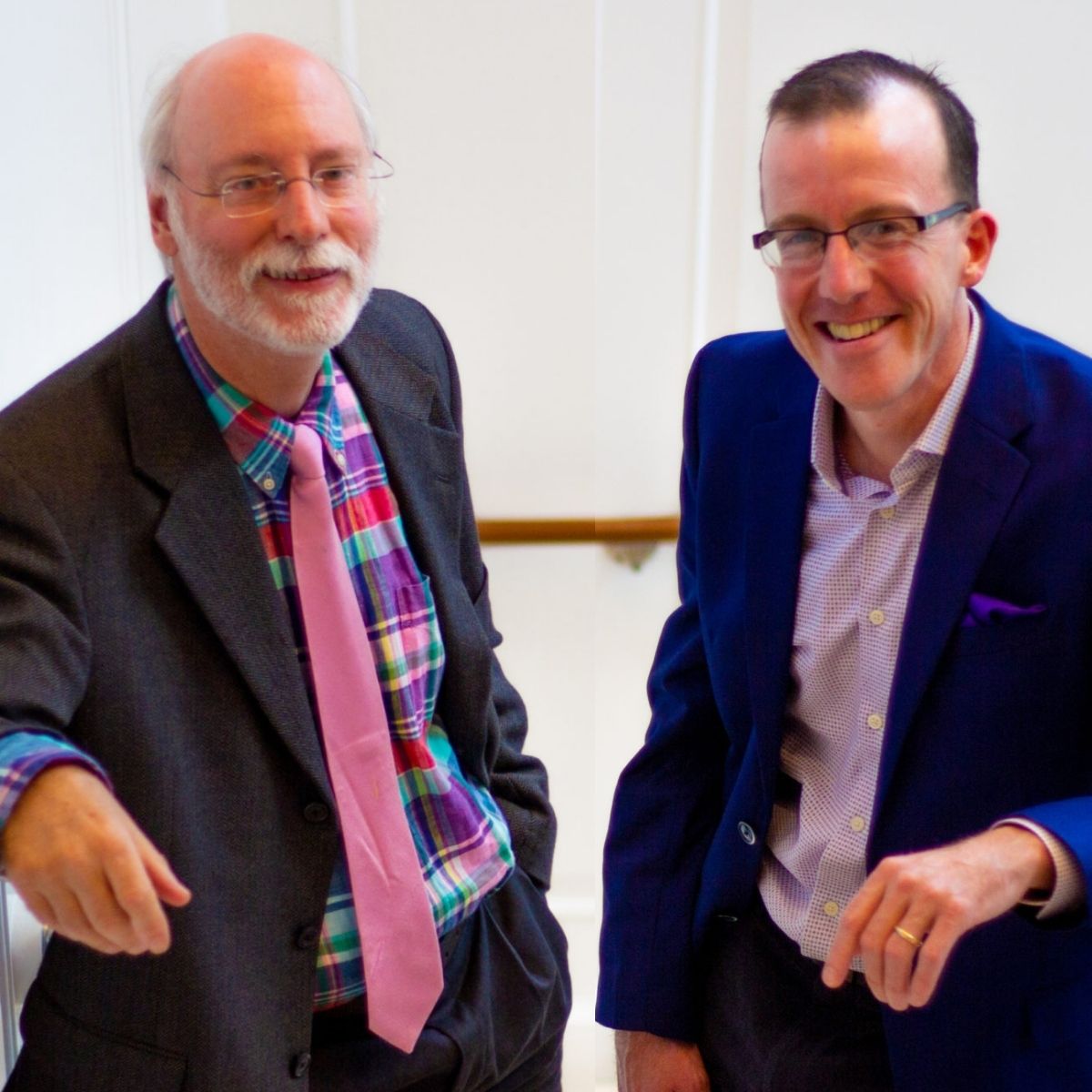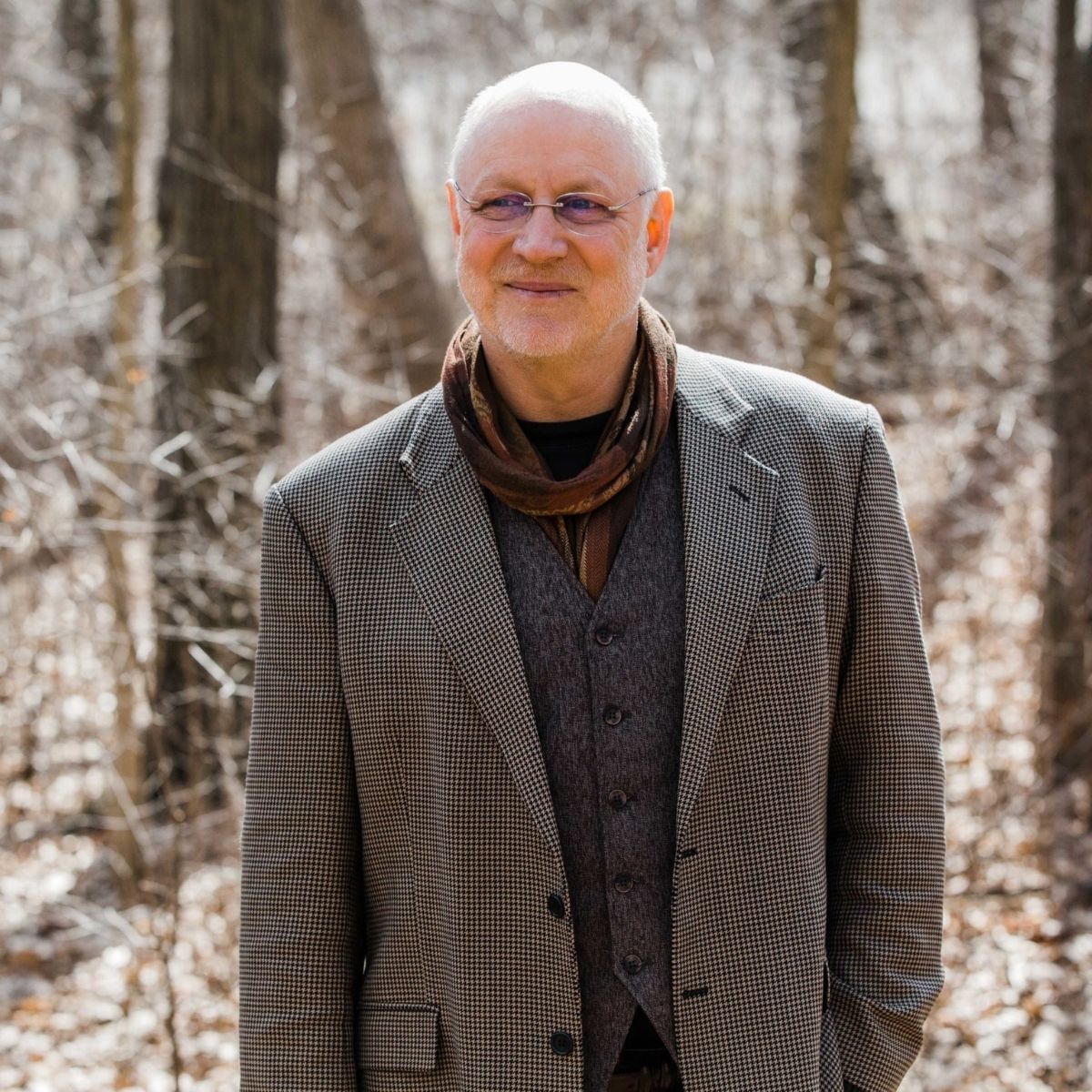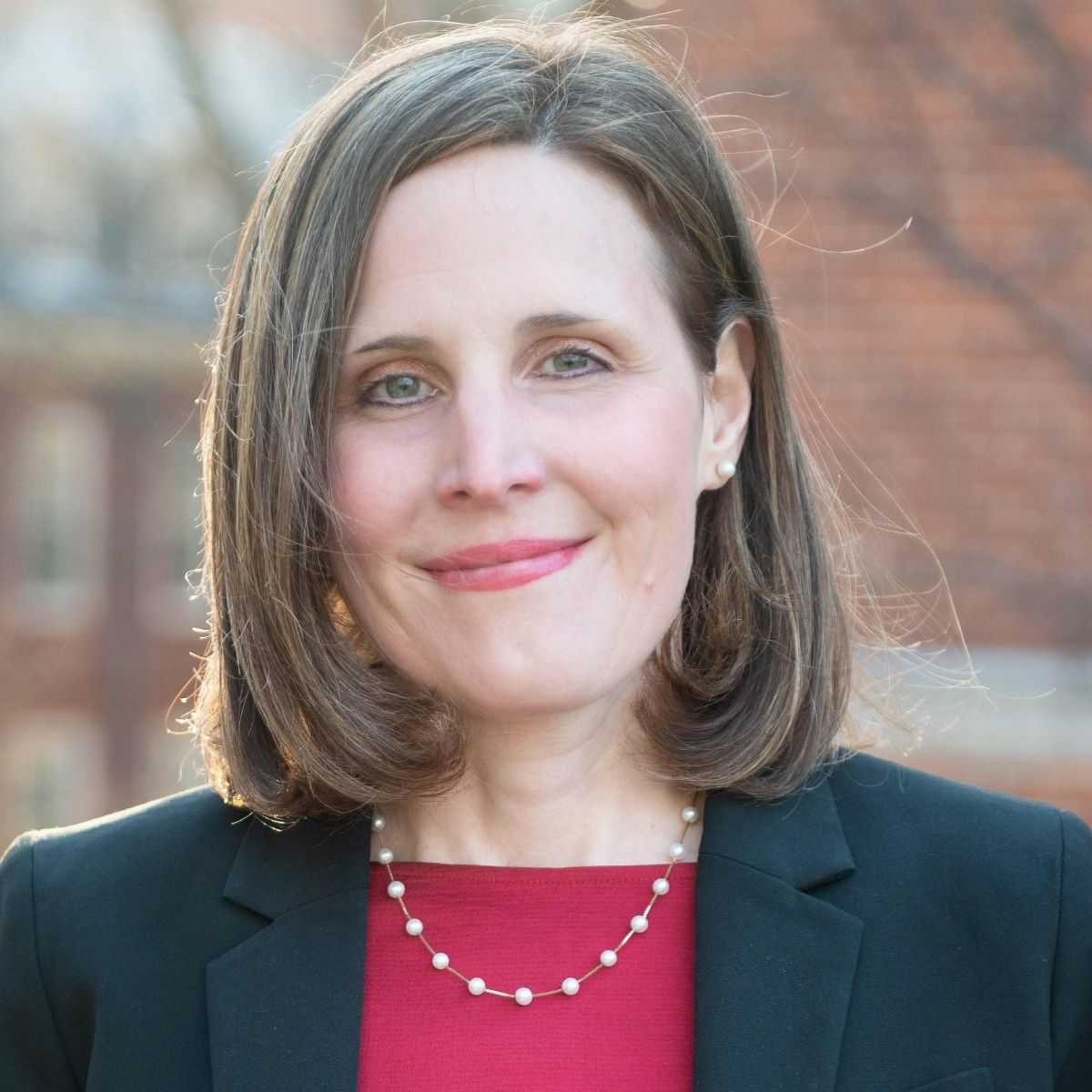Another 5-year-old was put on drugs today after being suspended from school for trying to escape. Our prisoners enjoy more personal freedoms and outside time than our children.
What are we doing? Why are we doing this? How did we get here?
School began in Europe by the church with the purpose of indoctrinating religion and breaking the child’s sinful will (with a focus on memorization and obedience). Schools were then taken over by the government and modeled after the assembly line for the sake of controlling the masses, “… if the state controlled the schools, and if children were required by law to attend those schools, then the state could shape each new generation of citizens into ideal patriots and workers.” Their goal was to, “shackle the mind with salutary prejudices, such as may create a conformity of thought.” This was accomplished through hyper control and discipline so as the child’s natural creativity and individuality was extinguished (which was seen as necessary for the creation of the society we wanted at the time). (Reference: Free to Learn by Peter Gray)
That is no longer the time in which we live. The needs of our society have evolved drastically yet the school system remains the same. Let’s push the established system (and all of the assumptions that go along with it) and our own childhood baggage aside and ask ourselves, “What do we need?”
- Creativity: We need people who can look at the world’s problems in new ways and see innovative solutions.
- Drive: We need self-motivated people who are able to work fueled by intrinsic motivation.
- Boldness: We need people who are unafraid to fail boldly in the pursuit of original work.
- Cooperation: We need people who have the comfort and skills to produce in free connection with others.
If those are the traits we need to continue evolving then we next need to ask, “How do we learn?” I don’t mean how do we best teach children to memorize and regurgitate a random factoid on a meaningless timeline in a compulsory institution (which is the context for the vast majority of education research) but how do we get where we want to be, looking at people through a holistic lens. The school box is not a feature that comes installed in human beings. What if we just didn’t install it at all? What if people were free to grow naturally? How could we best support their development while nurturing the community?
- Creativity: Do not standardize and constrict the mind. Instead free the natural curiosity, imagination, vision, and cleverness of the human mind. Those qualities do not naturally die in childhood. We kill them.
- Drive: Do not impose artificial structure, limitations, and requirements (think no rewards, punishments, or mandated material or timetables). Instead support interest based and self motivated learning.
- Boldness: Do not hammer out individuality or penalize failure. Instead encourage diversity, risk, reaching, striving, growth, and learning through action.
- Cooperation: Do not isolate children from society and separate them into same age groups in an artificial eco system. Instead invite children into the real world where they can learn the value and means of enjoying working with others toward common goals in collaboration.
If we know what we need and how to get there, we can now ask, “What might that look like?” First we need to agree on a few pillars of the new system we want to build.
- Publicly Funded: A system that is publicly funded provides access to learning opportunities for everyone regardless of privilege. Publicly funded but not state directed. A library is a model that comes to mind.
- Non-coercive: People are free to participate as much, as little, or in whatever way works best for them. The materials and programs are requested and/or designed by the participants in each community. Certain certifications can even exist in highly specialized areas. A community college is a model that comes close to this.
- Accessible: A community learning center can connect students (of every age throughout the lifespan) with learning materials and mentors while providing a meeting place for the community (we already have all those school campuses lying around). A community center is a model that vaguely resembles this idea. A virtual system can also serve to connect smaller communities on a global scale and share knowledge. (A special thanks to Carol Black for some inspiration.)
- Mentorship: Participants are not instructed in a top-down testing model but are connected with guides who are willing to share their wisdom and experience on a topic of interest. This can happen in variety of ways and settings like someone coming in to teach a class or people going out into various places in the community. The community learning center could connect students to places and people doing meaningful work in the real world.
Now let’s check in with personal and familial needs. We’ve talked about professional goals and societal needs but the core needs to support natural human health, happiness, and well being. After all, that should be what life is really about.
- Liberty: Is everyone free to direct their own lives (including their time and learning and including children)? Check.
- Pursuit of Happiness: Is everyone able to seek their personal happiness (devoting their time and energy to what brings them joy and what they determine to be in their best interest)? Check.
- Health and Well-Being: Is everyone allowed to reach for their nutritional, physical, and emotional wellness (honoring the needs of their bodies, hearts, and minds)?
- Respect: Is this a system in which people can respect themselves, each other, and their environment (honoring everyone’s unique learning journey)? Check.
- Connection: Is everyone supported in nurturing the meaningful connections they desire (time and support for building and enjoying connected relationships)? Check.
What are your pillars and ideals for a new way forward?
My teachers would have said I was a good student in school (because I was quiet and obedient). But my success in life has not been because of the socialization and education I received in childhood but in spite of it. Unschooling my 3 boys has taught me more about natural learning and the human capacity for happiness and connection than I managed to glean over so many years of direct instruction and the sliver of life that existed outside of that. Sometimes I am literally brought to tears watching my boys run free, discover the world around them, and connect meaning that they share with others. I’m crying for the beauty of what life can be (and for the natural, joyous childhood that school denied me and so many others).




+ Comments
Join the discussion →
0